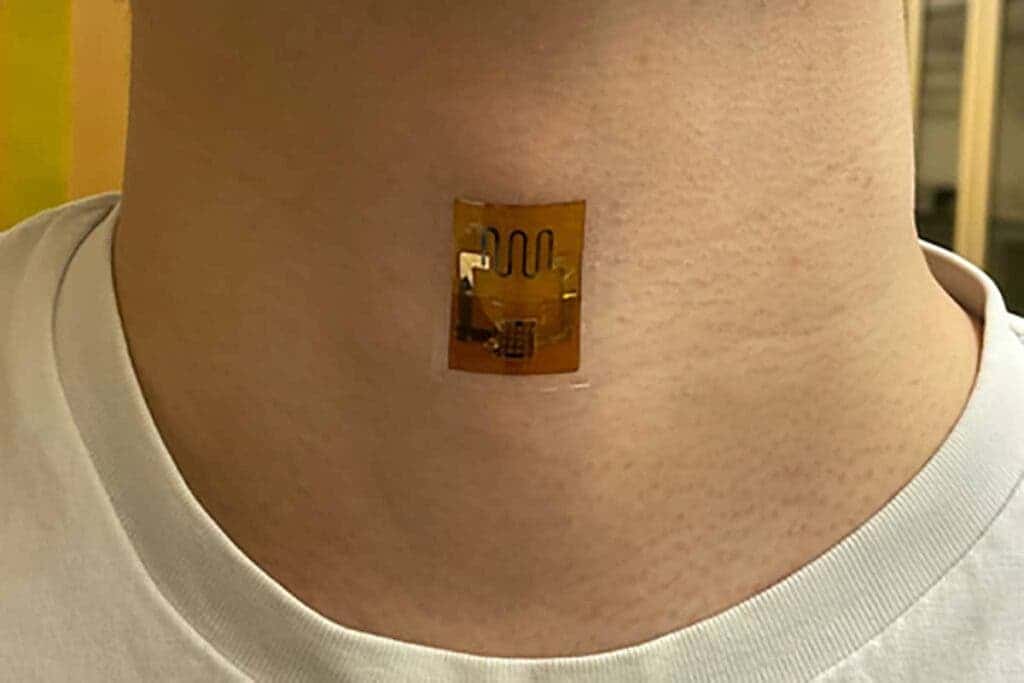Researchers at the University of Massachusetts Amherst have produced a biofilm that yields the energy in evaporation and then converts it to electricity. The biofilm could bring big changes to the world of wearable electronics, powering everything from personal medical sensors to personal electronics.

The new study focuses on a specific strain of bacteria, Geobacter sulfurreducens — a bacteria known as an electricigen because it can produce and conduct electricity. This microbe is one of many others that have shown the ability to produce electricity under certain conditions, including during evaporation – making it a good candidate for biofilms that can be stuck on the skin to harvest power.
Previous studies have looked at the potential of other bacteria to generate electricity but it’s very tricky keeping the microbes alive and offering them suitable conditions. Now, the team at Amherst found that G. sulfurreducens doesn’t need to be alive to generate electricity. In fact, it’s even better if it isn’t.
“It’s much more efficient,” Derek Lovley, study author, said in a statement. “We’ve simplified the process of generating electricity by radically cutting back on the amount of processing needed. We sustainably grow the cells in a biofilm, and then use that agglomeration of cells. This cuts the energy inputs and makes everything simpler.”
Bacteria and electricity
The bacteria chosen by the researchers grow in matted colonies thick as a sheet of paper, with each microbe connected to its neighbor through what the researchers call “natural nanowires”. The team took these mats and engraved small circuits into them using a laser. They are then fitted between electrodes and encased in a polymer patch.
The patch can be worn on the skin, where it starts generating electricity as sweat evaporates from the person’s skin. The biofilm appears to work better than inorganic evaporation-based current generators when it comes to salty water, the researchers said. Overall, its structure facilitates the evaporation process, they wrote in their paper.
“The limiting factor of wearable electronics has always been the power supply,” Jun Yao, professor of computer engineering at the University of Massachusetts Amherst, and the paper’s other senior author, said in a media statement. “Batteries run down and have to be changed or charged. They are also bulky, heavy, and uncomfortable.”
The new biofilm can produce as much energy as a comparably-sized battery, doesn’t need to be cared for, and never needs to be charged or plugged in. The experiments done as part of this study showed that the biofield maintained its performance for at least 18 hours and powered a strain sensor measuring respiration and other body signals.
When interconnected, the biofilm sheets also powered a laser-patterned wearable electrochemical glucose sensor. But its potential could go much further than just wearables, the researchers think. If it proves scalable over large surface areas, this technology could harness some of the solar energy that reaches the Earth and is lost in the process of evaporating water.
The study was published in the journal Nature.






